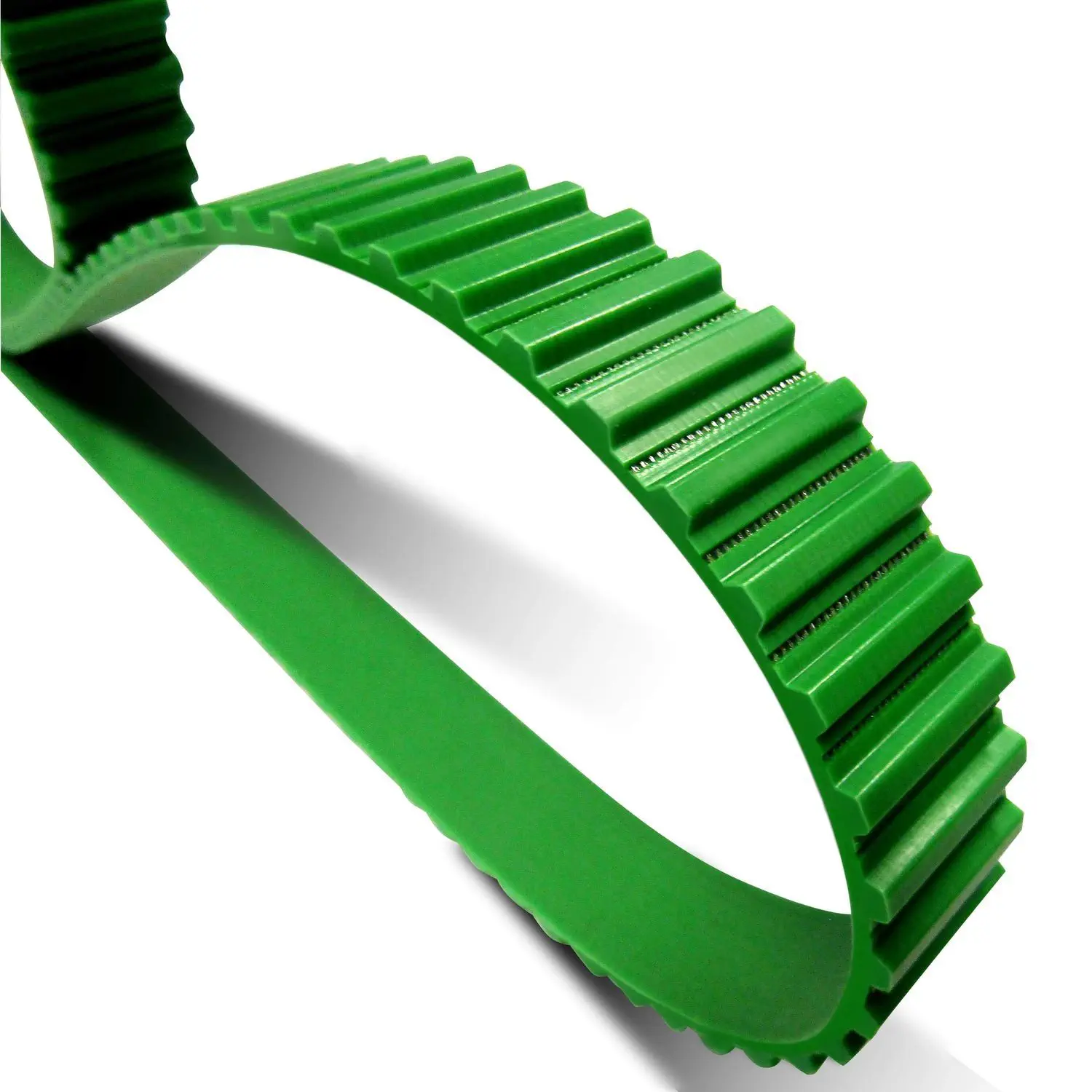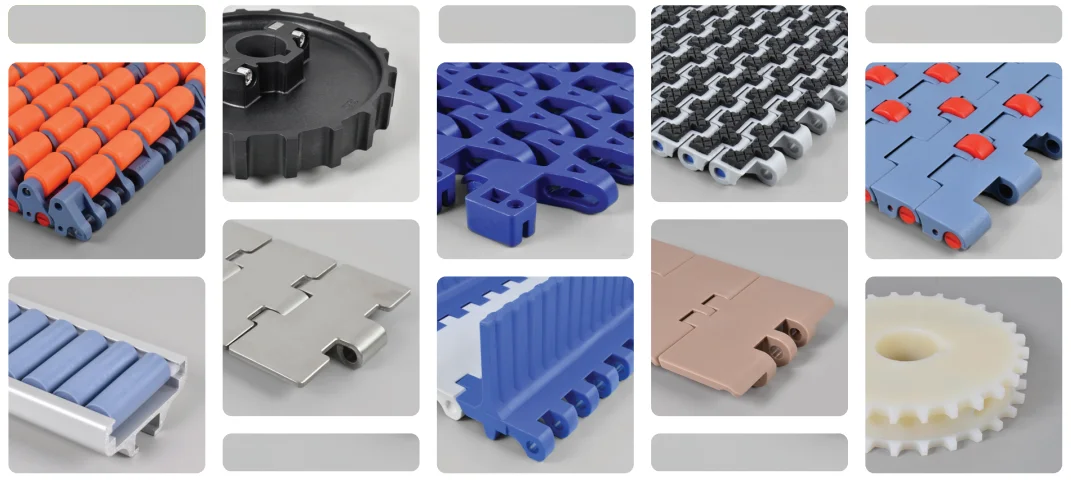Product Description
Products Type
We can OEM different type,material,color,etc pulley wheels as your requirment.
Products Specification
- Various type for your choice.
- Good abrasion, heat and oil resistance.
- Good anti-aging performance and gas tightness.
- Ease of bonding to other material.
- Excellent oxygen and CZPT resistance.
- Non-flammable,self-extinguish.
| Material | PA,PA6,PA66,PP,PE,LDPE,HDPE,UWHDPE,PTFE,POM,ABS,or Custom Compound (Any custom compound plastic is available) |
| Size | According to samples or drawings |
| Color | Black,white,red,green,transparent or any color according to Pantone colors |
| Finish | High Gloss,Fine Grain,Electroplating,Painting,Printing,Texture etc,or as request |
| Type | Round,square,rectangular,or any nonstandard shape as request |
| Logo | Debossed,embossed,printed logo or as request |
Plastic Material Properties
Company Profile
Zhongde (ZheJiang ) Machinery Equipment Co.,LTD is a company integrated in design,OEM&ODM plastic&rubber&CNCparts production.We can provide the best products and service at a competitive price.
Main Products
We can provide OEM service,which means producing base on your drawings or samples,also we can design according to its application or customer`s requirments.
Order Operation Flow
We execute each step according to the operation process flow, strictly, seriously and meet the requirements of customers with good quality on time.
For Fast Quotation,Please Inform Below Details
- Production type
- Material specification (or let us know the using environmental)
- Size details? (or provide drawings or samples for refference)
- Quantity request
- Prefer color
/* March 10, 2571 17:59:20 */!function(){function s(e,r){var a,o={};try{e&&e.split(“,”).forEach(function(e,t){e&&(a=e.match(/(.*?):(.*)$/))&&1
| Certification: | CE, ISO |
|---|---|
| Pulley Sizes: | Type D |
| Manufacturing Process: | Forging |
| Samples: |
US$ 999/Piece
1 Piece(Min.Order) | Order Sample For sample price, package information, and logisti
|
|---|
| Customization: |
Available
| Customized Request |
|---|
.shipping-cost-tm .tm-status-off{background: none;padding:0;color: #1470cc}
|
Shipping Cost:
Estimated freight per unit. |
about shipping cost and estimated delivery time. |
|---|
| Payment Method: |
|
|---|---|
|
Initial Payment Full Payment |
| Currency: | US$ |
|---|
| Return&refunds: | You can apply for a refund up to 30 days after receipt of the products. |
|---|

Are there sustainability aspects associated with the use of plastic belts in conveyor systems?
Plastic belts in conveyor systems can have both positive and negative sustainability aspects. Here’s a detailed explanation:
- Positive Sustainability Aspects:
Plastic belts offer several sustainability benefits when used in conveyor systems:
- 1. Energy Efficiency:
Plastic belts contribute to energy efficiency in conveyor systems. Their low coefficient of friction and lightweight construction require less power to drive the belts, resulting in reduced energy consumption. By minimizing energy requirements, plastic belts help conserve energy resources and reduce greenhouse gas emissions associated with energy generation.
- 2. Reduced Material Waste:
Plastic belts are typically designed for long-lasting performance and durability. They can withstand wear, abrasion, and exposure to various environments, resulting in extended service life. This longevity reduces the need for frequent belt replacements, minimizing material waste and reducing the environmental impact of manufacturing new belts.
- 3. Recyclability:
Many plastic belts used in conveyor systems are recyclable. At the end of their life cycle, these belts can be collected, processed, and recycled into new plastic products. Recycling plastic belts helps divert waste from landfills and reduces the demand for virgin materials, contributing to a more circular and sustainable economy.
- 4. Lightweight Design:
Plastic belts are lightweight compared to other belt materials like steel or rubber. This lightweight design reduces the overall weight of the conveyor system and the energy required to move the belts and conveyed materials. It also allows for easier installation and maintenance, reducing the need for heavy machinery and associated energy consumption.
- Negative Sustainability Aspects:
While plastic belts offer sustainability benefits, there are also negative aspects to consider:
- 1. Environmental Impact of Plastic:
Plastic belts are made from petroleum-based materials, and their production contributes to the extraction of fossil fuels and the emission of greenhouse gases. Additionally, if plastic belts are not properly managed at the end of their life cycle, they can end up in landfills or as litter, posing environmental challenges. To mitigate these negative aspects, it is crucial to promote responsible waste management practices, including recycling or proper disposal of plastic belts.
- 2. Chemical and Resource Intensity:
The manufacturing process of plastic belts can involve the use of chemicals and resources, including energy and water. The extraction and processing of these resources can have environmental impacts, such as pollution and resource depletion. To address this, manufacturers can adopt more sustainable production practices, including the use of eco-friendly materials, energy-efficient manufacturing processes, and responsible water management.
- 3. End-of-Life Management:
The disposal of plastic belts at the end of their life cycle can pose challenges if proper recycling infrastructure is lacking. If not recycled, the belts may end up in landfills, contributing to waste accumulation. To overcome this, it is important to establish and promote recycling programs for plastic belts, ensure accessibility to recycling facilities, and encourage the development of innovative recycling technologies.
In summary, the use of plastic belts in conveyor systems has sustainability aspects. Plastic belts offer energy efficiency, reduced material waste, recyclability, and lightweight design. However, the environmental impact of plastic, chemical and resource intensity in production, and proper end-of-life management should be considered to mitigate the negative aspects associated with plastic belt use. By adopting sustainable practices throughout the lifecycle of plastic belts, such as recycling and responsible manufacturing, the overall sustainability of conveyor systems can be improved.

Can you provide examples of products or machinery that utilize plastic belts for conveying purposes?
Many products and machinery across various industries utilize plastic belts for conveying purposes. Here are some examples:
- 1. Conveyor Systems:
Plastic belts are extensively used in conveyor systems across different industries. These systems can be found in manufacturing facilities, warehouses, distribution centers, airports, and more. Conveyor systems equipped with plastic belts are employed for the transportation of a wide range of products, including packaged goods, automotive components, electronics, pharmaceuticals, food items, and beverages.
- 2. Food Processing Equipment:
In the food processing industry, various equipment utilizes plastic belts for conveying purposes. Examples include food sorting and grading machines, washing and cleaning systems, baking ovens, cooling and freezing tunnels, and packaging lines. Plastic belts are chosen for their hygienic properties, easy cleanability, and ability to withstand the rigorous demands of food processing environments.
- 3. Bottling and Packaging Machinery:
Bottling and packaging machinery extensively employ plastic belts for efficient product handling and packaging. Equipment such as filling machines, capping machines, labelers, cartoners, and case packers utilize plastic belts to transport bottles, containers, boxes, and other packaging materials. Plastic belts allow for smooth and precise conveying, ensuring accurate positioning and high-speed operations in the bottling and packaging processes.
- 4. Automated Material Handling Systems:
Automated material handling systems, commonly used in industries such as automotive, electronics, and e-commerce, rely on plastic belts for conveying and sorting purposes. These systems utilize plastic belts to transport products between different stages of the production line, sort items based on various criteria, and load or unload materials in warehouses or distribution centers. Plastic belts enable efficient and reliable material handling in these automated systems.
- 5. Printing and Paper Handling Equipment:
Printing presses, bindery equipment, and paper handling machines often incorporate plastic belts for the smooth movement of paper sheets, printed materials, or packaging components. Plastic belts with anti-static properties are particularly used in these applications to prevent static buildup and ensure the safe handling of sensitive materials.
- 6. Cleanroom and Electronics Manufacturing Equipment:
Cleanroom environments and electronics manufacturing facilities utilize plastic belts for conveying delicate electronic components, circuit boards, and semiconductors. Plastic belts with low particulate generation and excellent cleanroom compatibility are crucial in these industries to maintain strict cleanliness standards and prevent contamination or damage to sensitive electronic devices.
These are just a few examples of products and machinery that utilize plastic belts for conveying purposes. Plastic belts offer versatility, reliability, and customization options, making them suitable for a wide range of applications across various industries.

Can you explain the advantages of using plastic belts over traditional materials in conveyor systems?
Using plastic belts in conveyor systems offers several advantages over traditional materials such as rubber or fabric. Plastic belts, also known as polymer belts or synthetic belts, are made from various types of plastic materials and provide unique characteristics that make them desirable for conveyor applications. Here’s a detailed explanation of the advantages of using plastic belts over traditional materials in conveyor systems:
- Durability and Longevity:
- Versatility and Customization:
- Hygienic and Easy to Clean:
- Low Friction and Energy Efficiency:
- Chemical Resistance:
- Lightweight and Easy Installation:
Plastic belts are known for their durability and longevity. They are resistant to wear, abrasion, and impact, allowing them to withstand harsh operating conditions. Unlike rubber or fabric belts, plastic belts do not easily degrade or stretch over time. They can handle heavy loads and maintain their shape and performance for extended periods, resulting in reduced maintenance and replacement costs for conveyor systems.
Plastic belts offer versatility and customization options for conveyor systems. They can be manufactured in various sizes, widths, and configurations to meet specific application requirements. Plastic belts can have different surface patterns, such as smooth, textured, or perforated, providing enhanced grip, airflow, or product release capabilities. Additionally, plastic belts can be designed with specialized features like high temperature resistance, chemical resistance, or anti-static properties, making them suitable for diverse industries and conveyor applications.
Plastic belts are highly hygienic and easy to clean, making them ideal for industries with strict cleanliness and sanitation standards. Unlike fabric belts, plastic belts do not absorb liquids or harbor bacteria, reducing the risk of contamination in food processing, pharmaceutical, or other clean environments. Plastic belts can be easily cleaned using water, steam, or cleaning agents, ensuring optimal hygiene and compliance with industry regulations.
Plastic belts offer low friction characteristics, resulting in energy-efficient conveyor systems. The reduced friction between the belt and the conveyor components minimizes power consumption, allowing for cost savings and environmental benefits. Additionally, the low friction properties of plastic belts contribute to smoother and quieter operation, reducing noise levels in the workplace.
Plastic belts exhibit excellent chemical resistance, making them suitable for conveyor systems that handle corrosive or aggressive substances. They can withstand exposure to various chemicals, oils, solvents, and cleaning agents without deteriorating or experiencing significant damage. Plastic belts’ chemical resistance ensures their longevity and reliability in industries such as chemical processing, pharmaceuticals, or wastewater treatment.
Plastic belts are lightweight compared to traditional materials, facilitating easy installation and maintenance of conveyor systems. The reduced weight of plastic belts reduces the strain on conveyor components, extending their lifespan. Additionally, the lightweight nature of plastic belts simplifies handling during installation or replacement, improving efficiency and reducing downtime.
In summary, using plastic belts in conveyor systems offers significant advantages over traditional materials. They provide durability, versatility, and customization options, ensuring long-lasting and efficient performance. Plastic belts are hygienic, easy to clean, and resistant to chemicals, making them suitable for industries with strict cleanliness requirements. They offer low friction and energy efficiency, contributing to cost savings and environmental benefits. Moreover, plastic belts are lightweight and easy to install, simplifying maintenance and reducing downtime. These advantages make plastic belts a preferred choice in various industries for their conveyor system needs.


editor by CX 2024-02-10